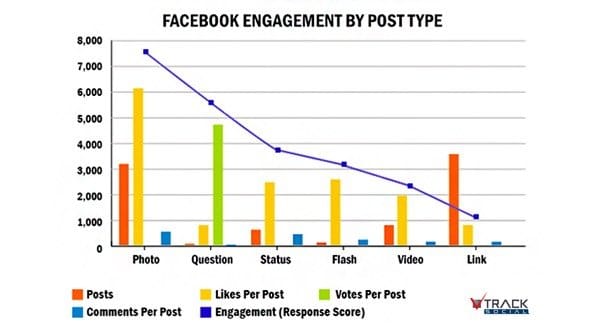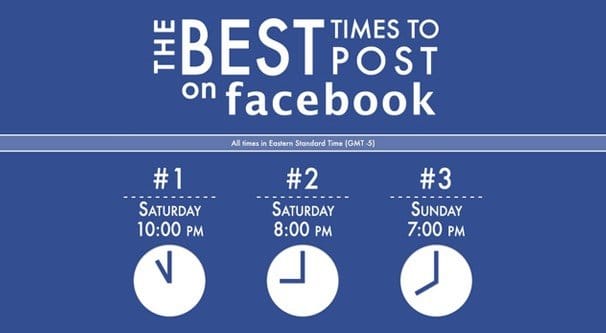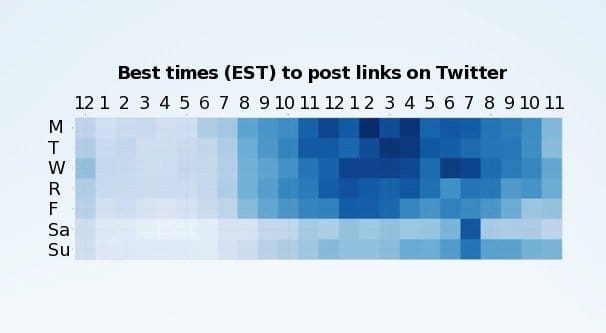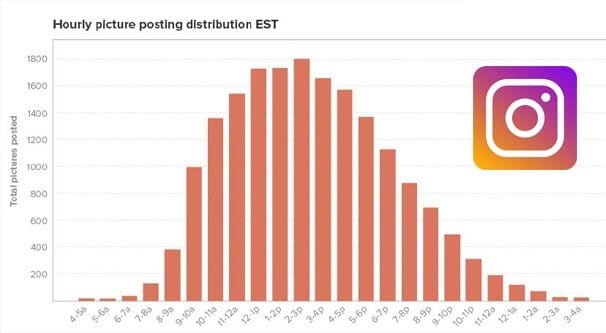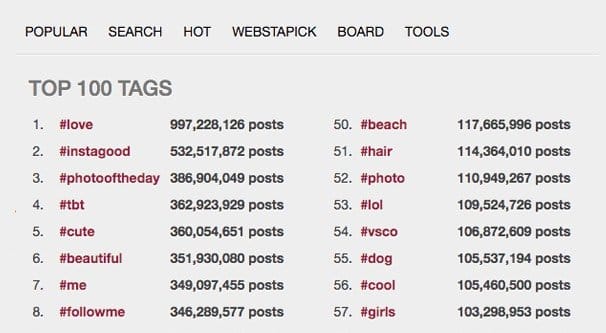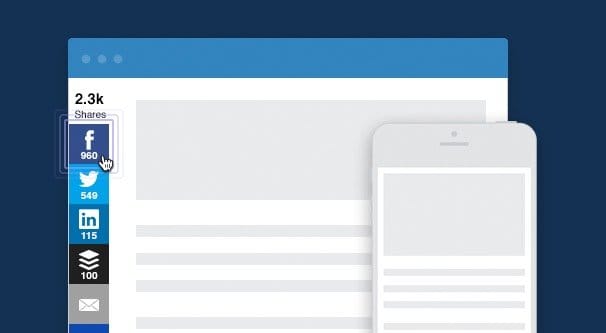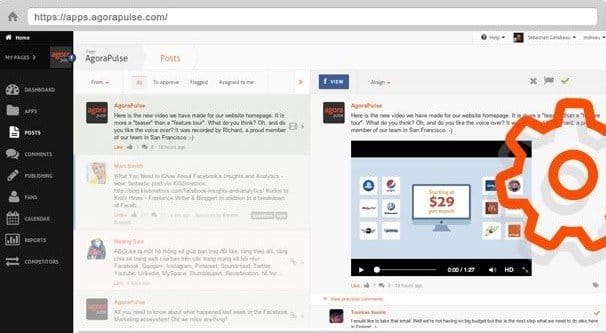 Written by ContentPowered.com
Written by ContentPowered.com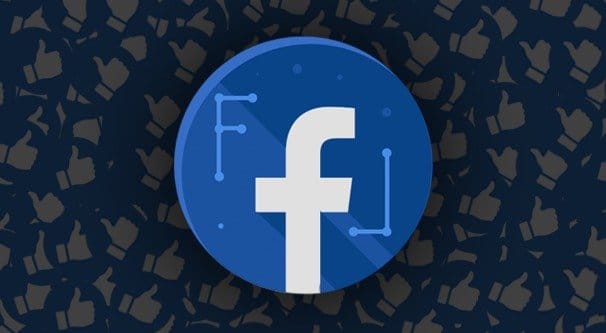
Likes used to be a metric exclusive to Facebook. Other social networks, when they came into prominence, would use other metrics even if they had the same functionality, simply to differentiate themselves. These days, though, there’s been a bit of a consolidation. Facebook, Twitter, and Instagram all have likes as a primary metrics, and I’m going to talk about all three of them.
Post Good Content
The first thing you need to do is learn how to post good content. Each network has different audiences and different posting styles, and Instagram of course has a very different focus for its content.
The number one way to get more likes is to post more like-worthy content.
On Facebook, that means generally posting a link that has a customized preview. The post itself should be brief, generally no more than 40-50 characters if at all possible. Yes, Facebook doesn’t have a strict character limit, but the post itself is what’s doing the talking, not your text addition to the top. Your post should also be newsworthy. Facebook thrives on a fast turnover, though perhaps not quite as much as Twitter. Their algorithm punishes content that isn’t new.
On Twitter, it likewise means something relatively short, no more than 70-80 characters, counting accessories like a link and hashtags. This gives viewers room to manually retweet with additions if they want. It should be either informative or humorous, and engaging in its content. Links aren’t especially potent on Twitter, but multimedia content is big.
On Instagram, it primarily means a high quality photo. Learn the basics of photographic composition and color correction, and don’t be afraid to edit your images before you post them. As for the text content, you can go all in with hashtags and actual user tags, though more than 20 of either can be a bit much. Additionally, using hashtags appropriately is a big plus.
Be Aware of Social Media Timing and Frequency
Up until a few years ago, no one paid much attention to the timing of their social media posts. Frequency was a bit of a larger concern, but it wasn’t necessarily studied on the same level it is today. Now, both aspects of posting have been analyzed to death, and the results have been accumulated for you to use.
Facebook is generally considered to be a slow and steady platform. It’s ideal for most brands to post twice per day, seven days per week. The ideal times are generally 1pm and 3pm, though you can also include 9am in place of one of those. Engagement – and thus likes – tends to go up later in the week and peak during weekends, so don’t avoid weekends in your weekday business schedule.
Twitter can support as many as 14 tweets per day or more, though should be limited to 1-2 per hour at the top end. Weekends dial this back to around 7 per day, about once every three hours. The peak times for engagement are between noon and 3pm, with another peak at 5pm. Save your best content for these ranges.
Instagram has three best time ranges throughout the day, one at 8am, one at 5pm, and one at 2am, interestingly enough. If you’re posting videos, leave them for the early morning hours. Instagram is rarely used during business hours, so before and after work is the best time.
One thing to note is that all of the above information is only suggestions. It’s entirely possible that your audience is outside of the norm, and that you need to go out of your way to cater to them. If everyone in your audience works a night shift, all of these timings will be shifted as well. Study to find out what works best with your audience, using the above figures as a baseline.
Hashtags, those funny words with the # in front of them, act differently from site to site. On Facebook they’re limited in functionality to a basic categorization system within your own feed. On Twitter they’re global trends and open public forums. On Instagram they’re ways to discover new content and share a society based on certain themes.
Before we get into the specific uses of hashtags on each platform, know that there are generally two kinds of hashtags; branded and generic. Branded hashtags are tags that include a brand name or product, like a general #BrandName tag or the name of a specific ad campaign you’re running. Generic tags are tags like #cute that aren’t “controlled” by any one party, but are instead an accumulation of like-minded individuals.
In general you’ll want to use branded tags for posts that have something to do with your brand or a branded discussion, while you’ll stick with generic tags for most other messages. It’s up to you to find the right balance for your audience.
Facebook hashtags are a minefield. Expert studies have shown that the more tags you use, the lower your engagement. Posts with only 1-2 hashtags had almost 600 interactions, while posts with 6-10 tags had just over 300. This means that most of your posts on Facebook should not include hashtags, and when you do want to include them, they need to be high value and you can’t use more than 2. If you want likes on Facebook, avoid hashtags, that’s my opinion.
Twitter gives you two ways to use tags. The first is to use branded tags to keep conversation circulating around in an arena you can monitor and control. Hashtags in general will give you around twice the engagement you would otherwise get. Try to use no more than two, though, simply because of space constraints. I like one branded and one generic, or two generic, and very rarely go with two branded.
The other way you can use hashtags is to inspire you. Twitter keeps a feed of trending hashtags, and you can use those to lead you to topics you can discuss. When you contribute to a trending discussion, you gain the attention of everyone currently discussing that topic. Just make sure you look into what the tag means before you use it, so you don’t trash your reputation with an insensitive remark.
Instagram hashtags work the same way as Twitter tags, but they don’t come with the built-in character limit. This means you can use a lot more in every post. Since they’re more used as a footnote and a categorization system than they are an addition to the message, people tend to glaze over them. You can easily use 5-10 hashtags on every post, typically 1-2 branded tags and then a large number of generic tags that describe your topic in the photo you post. Be creative, but also be expansive. Don’t plug in five tags that all say the same thing with different underscores; it just doesn’t work.
Use Social Media Buttons
Likes don’t always have to come from the site you’re using. They can come from your own website as well. That’s where social media sharing buttons come in. There are two ways you can implement these; using the native buttons or using a plugin.
There are a whole bunch of different options available to you for social sharing buttons. You can use the SumoMe buttons, which show up as a sidebar that comes with a helpful retract button for some users. You can use the Monarch social sharing buttons, that have a few very useful features including a mobile version. You can use Ultimate Social Deux, which has well over a dozen different social networks available if you use sites other than the main three we’re talking about today.
Facebook has a bunch of different buttons if you choose to use the native code. You can find them all in the developers section here. The like button is the primary button, but there are also follow buttons, code for embedded posts, the share button, the like box, embedded feeds, and more. Pick the ones that work best with your layout – feel free to use more than one – and you’re good to start pulling in engagement from your readers.
For Twitter, you don’t need to go digging into a developer section to find their code. It’s all helpfully placed right in this menu. You can use the share link button, the follow button, a button for a specific hashtag, or a button with a built-in mention. They all have their roles, and if you place them in the appropriate places on your site, they can give you a lot of extra engagement. Just click the button you want and configure it, then paste the code into your site.
Instagram, by contrast, does not have primarily social sharing buttons the same way other networks do. They have badges, which you can see here. The primary difference is that Instagram is a platform designed to be mobile-first and mobile-only. Sure, you can see posts these days, but you can’t make them yourself, not even through an API. You have to use their mobile app to do the posting for you. Use the button to draw awareness from mobile users that you have an Instagram, but don’t rely on it for most of your exposure.
Tag Influencers on Content They May Like
Your audience may not be huge, but there are huge audiences out there. As a marketer, you can skillfully take advantage of those large audiences. The process is called influencer marketing, and it involves finding the people who have those large audiences, catering to their tastes, and getting them to share your content.
The primary way to do this is generally to stroke the ego a little. Figure out what that influencer does and how it can interact with your brand. Post content that either uses them as an example or a source, or links to them in some way. Share the content on your social media profiles and tag or mention them. This gains their attention and, if you’re lucky, will get them to share the post with their audience. If not, don’t demand a share; just wait and do it again. Over time, they will see that you seem to really like them and they will mention you. Ideally, they will even become a customer or brand advocate, though that’s not always possible.
For Facebook, I like to use AgoraPulse as my go-to influencer checking tool. It shows you the trends and topics from the influencers in your niche, and it helps you manage your social dashboards, so you can schedule posts, manage engagement, and reach out to influencers all in one place.
For Twitter, I find that Twitonomy is probably the best for basic influencer analysis. You can even see who is most influential amongst your followers or amongst the people you follow, and you can track all sorts of additional information. It’s not a social media dashboard per se, but it’s very useful as an analytics tool.
For Instagram you’re going to have to do a more manual campaign. I haven’t yet found a tool that has analytics I really like. This comes back to how restrictive the web API is for Instagram. What you’ll have to do is make up a list of hashtags for your brand – generic tags, that is, not branded tags – and see who is most active and influential in those tags. Those people, so long as they aren’t direct competitors, are going to be your ideal influencers. You know they’re interested in your topic because they’re posting in the tags, but they’re still open to being used as gateways to amplify your messages.
From there, it’s all about putting together the right kinds of content tailored to gain the attraction and shares of those influencers. Your audience of 1,000 might get you a few dozen likes, but getting shared by someone with a million followers will amp that up into the stratosphere. It’s why influencer marketing is one of the most potent strategies available to marketers today.
